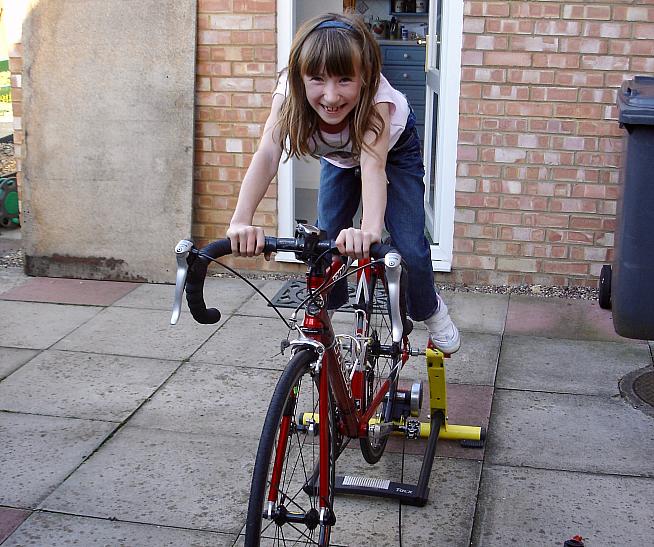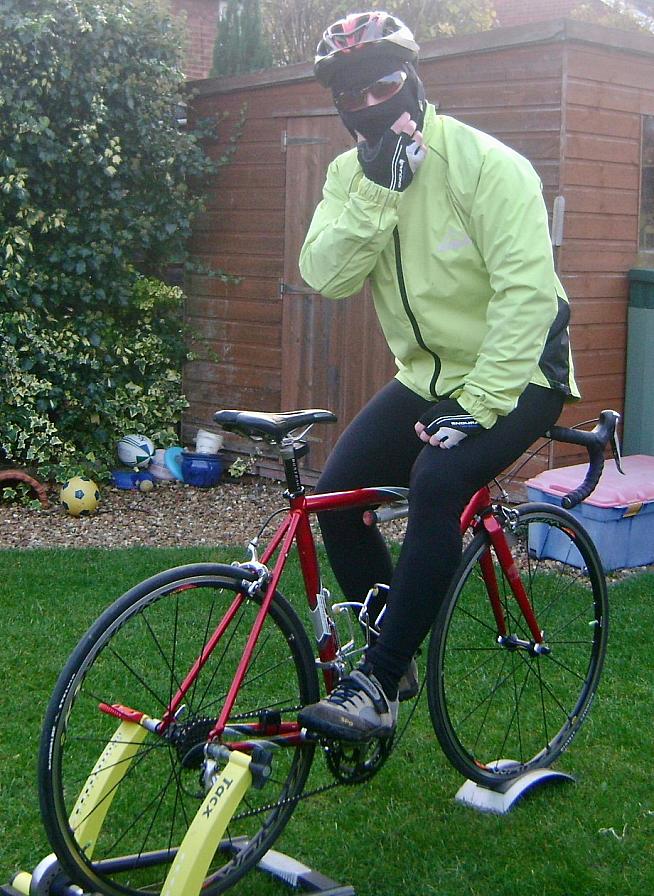Unless you've been living in a cave for the last three months, you're going to know about the pandemic known as the COVID-19 coronavirus and wondering how it is going to personally affect you.
I'm no different, I watch the news regularly and see the increasingly stringent population management measures that are expanding across Europe. As much as I would like to believe that coronavirus was designed to ensure that the much-postponed decorating jobs get done, or to ensure that we meet the in-laws for Sunday lunch, the evidence is not really there!
Italy, France and Spain have already banned 'recreational' cycling, meaning that unless you are a pro or working for the likes of Deliveroo, your two-wheeled friend is not going to be seeing any tarmac, gravel, mud, tracks, sunshine or rain for a while.
As I've written about on a number of occasions, cycling isn't just about the physical benefits that arise (see blog entitled 'Why do I ride my bikes' at www.sportivecyclecoaching.co.uk/blogs). No, it is as much about the mental benefits and sense of well-being that comes from physical activity, especially outdoors activity. The impending incarceration is, I believe, going to be a challenge for all of us to cope with.
So, if you can't get out on your bike, then what can you do?
The answer, for many of us cyclists, is already probably in our shed, garage, spare room, bedroom or even still hiding in its original cardboard box. As with most things though, there is a difference between having something and knowing how to use it properly!
It's perfectly possible to attach your bike to a smart, dumb, old, new, wheel-on, wheel-off turbo trainer and then just start pedalling. The problem, as many have found out, is that it can become so boring!
That's why the likes of Trainer Road and Zwift came along - they try to bring the 'outdoor' experience to the indoor environment by creating an immersive, visual, group-based ride feel.
This approach clearly works for many people, but I still find that, all too soon, I find myself staring at the same patch of grass I can see from my shed!
We're all different, but the turbo-trainer approach that works for me is to have short, sharp, focussed sessions rather than a three-hour tour of a virtual landscape. If I know what I am going to be doing, why I am doing it and how long it is going to take, then I can rationalise my time on the go-nowhere bike into something that will benefit me.

The question is, how do you know what to do when you decide to cycle indoors? Well, that's where you make a three-way decision.
1) You can just sit on the saddle, plug in the headphones and pedal along to the energising beats of ABBA right through to ZZ-Top. Yes, you will benefit as any exercise is good for you - but Strava won't know you've done anything, because you haven't moved according to the GPS satellites!
Note: If you think you can survive without Strava knowing where you've been, then take a sanity check with this quiz:
> Are you a Strava segment junkie? >
2) You can download a handy workout that you like the look of on to your smart app/smart trainer and give it a go.
Benefit will arise, and even though you may not understand why you have just sweated 1 litre and chewed your handlebars to get a PB on Zwift's equivalent of Mount Midoriyama, the smart app/device may be able to fool Strava in to thinking you've been on the move!
3) You can take advice from a coach or one of the many training platforms regarding the specific workouts that will provide the most benefit to you. Depending on what sort of turbo trainer you have, Strava may or may not know you've been active - but you will know what you did and why you did it!
As a professional cycling coach, I am very much in favour of option 3 of course! This time of enforced social separation and self-isolation can, if approached in a positive manner, be turned into something that helps you towards your cycling goals.
If your target events are scheduled for after 30 April and not yet cancelled - see our guide to coronavirus-affected sportives for a regularly updated list - there is a possibility they will take place, but it would be sensible to ensure you are prepared for any delay.
Turning those pedals in the indoor environment can help you be 'event ready' or 'ticking over', depending on whether your target event(s) survive the sportive cull.
Irrespective of which option you choose, utilising your turbo trainer in some fashion is going to help you get through the coming weeks. Let's just hope that these challenging times are relatively short lived and there will soon be a New Dawn for real-life, coffee & cake riding!

About the author:
Andy Tomkins is a Level 3 Cycle Coach under the Association of British Cycling Coaches and is also trained as a bike fitter, using the BikeFit systems and approach. His business, Sportive Cycle Coaching, specialises in helping cyclists improve their 3 Fs - Fitter, Further, Faster - and getting more comfortable on their bikes. It's a simple as that!
For further information, please see www.sportivecyclecoaching.co.uk or email Andy on [email protected] if you would like further help with turbo trainer advice.
0 Comments





